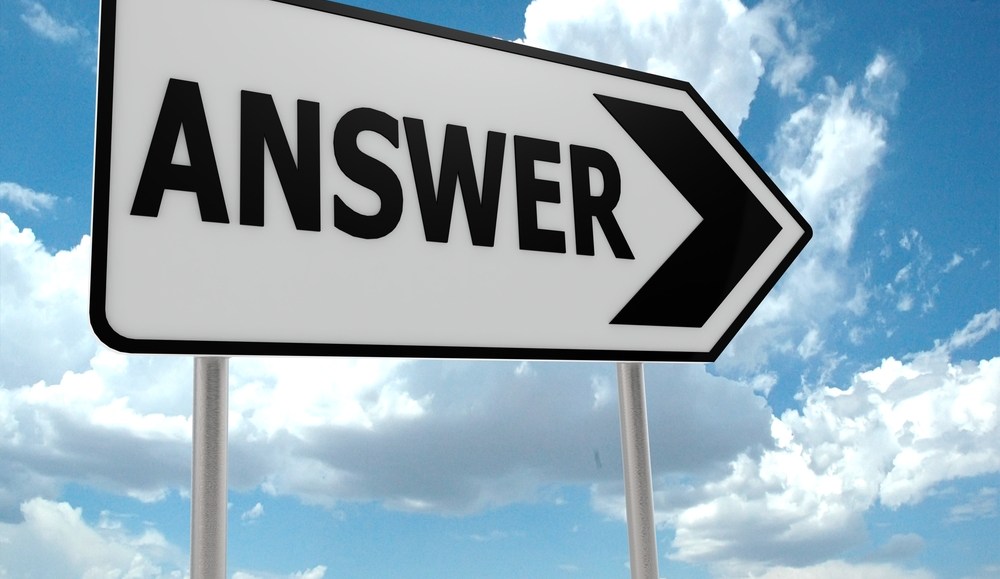
It’s just the kind of headline that Facebook rues: “Fewer Than 1 Percent of Sales Can Be Tracked Back to Social Media.”
The natural conclusion: Facebook will never reach its ad potential because that means social advertising doesn’t work. Business Insider’s Henry Blodget quickly declared the study “bad news for Facebook.” On the other side, early participants in Facebook’s nascent ad exchange are declaring it quite successful. In fact, the gobs of Facebook ad inventory convert better than regular Web publishing inventory for retargeting campaigns. As demand-side platform Triggit’s CEO Zach Coelius told me recently, “It’s tons of cheap inventory. We’re seeing the post-click conversion rates are exponentially higher.”
These contradictory arguments will likely go on with Facebook, particularly as it moves to mobile. If Facebook ads don’t work well in driving sales on desktop, imagine how things will go in mobile. And yet it’s a big distraction for Facebook because its big advertising opportunity is with brands.
As I’ve noted previously, Facebook is not Google. The social signal is far different from the search signal. Search is unique. As Dynamic Signal CEO Russ Fradin tweeted, “Nothing is as good as GOOG! You literally go there, tell them exactly what you want and then leave.”
Facebook doesn’t have this. Wall Street and Silicon Valley may wish it does, but it does not. This fact is beginning to dawn on the investor class. Venture capitalist David Pakman notes that Facebook’s stock woes are a result of the market “rationalizing” as it realizes “not all traffic is created equal,” particularly when Facebook’s around photo browsing and links to content. This isn’t very close to a transaction, so it’s not “very monetizable.”
Ad position: web_incontent_pos1
Instead, Facebook is left with the messy world of brand advertising, which, it bears mentioning, is far bigger than the direct-marketing world. Facebook is operating a hybrid business: a direct-response business based on its vast supply of ad impressions and a brand business based on the biggest marketers in the world. Right now, the focus often falls on the first side. That will inevitably improve with better targeting and better ad formats (and more of them, I’m sure).
The brand business will be more complicated but has more potential for Facebook. Jeff Dachis, the CEO of social agency Dachis Group, put it: “Brand engagement has been intermediated and ill-quantified for decades. Normalizing social currencies will be key to engagement at scale for brand marketers.”
Image via Shutterstock
More in Media

NewFronts Briefing: Samsung, Condé Nast, Roku focus presentations on new ad formats and category-specific inventory
Day two of IAB’s NewFronts featured presentations from Samsung, Condé Nast and Roku, highlighting new partnerships, ad formats and inventory, as well as new AI capabilities.

The Athletic to raise ad prices as it paces to hit 3 million newsletter subscribers
The New York Times’ sports site The Athletic is about to hit 3 million total newsletter subscribers. It plans to raise ad prices as as a result of this nearly 20% year over year increase.

NewFronts Briefing: Google, Vizio and news publishers pitch marketers with new ad offerings and range of content categories
Day one of the 2024 IAB NewFronts featured presentations from Google and Vizio, as well as a spotlight on news publishers.
Ad position: web_bfu